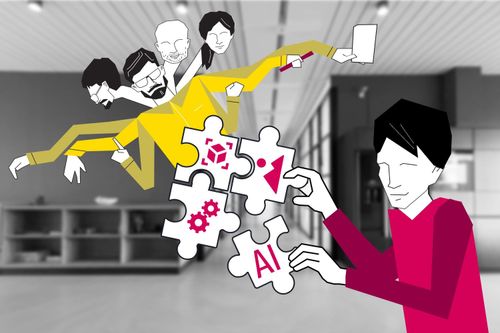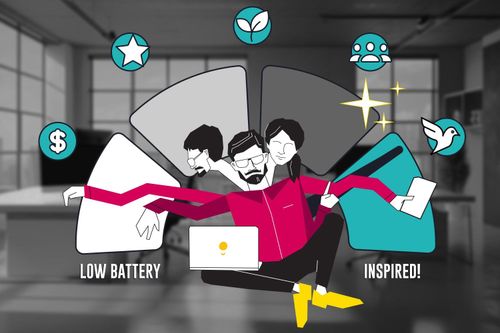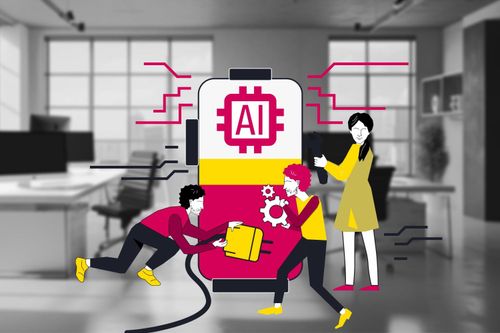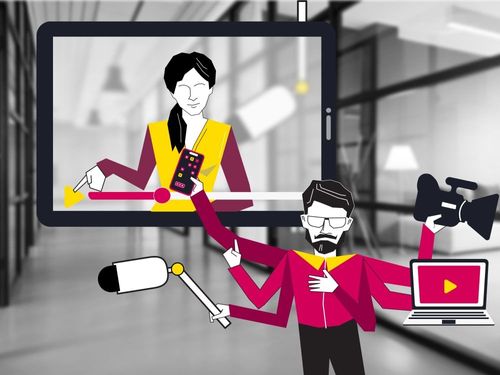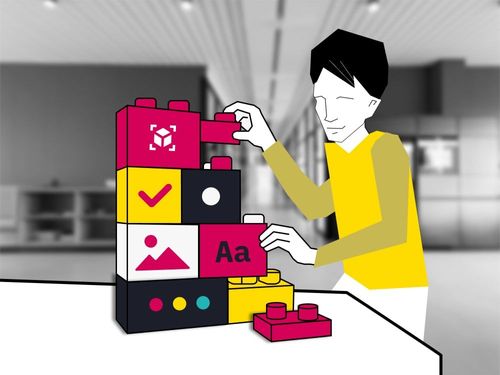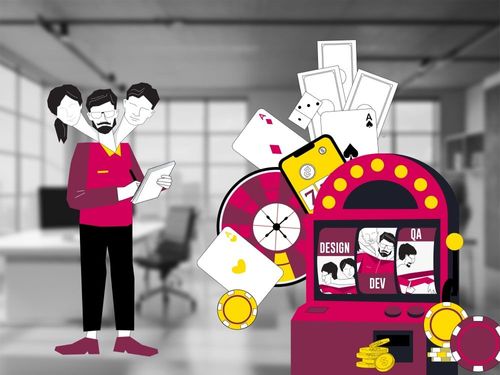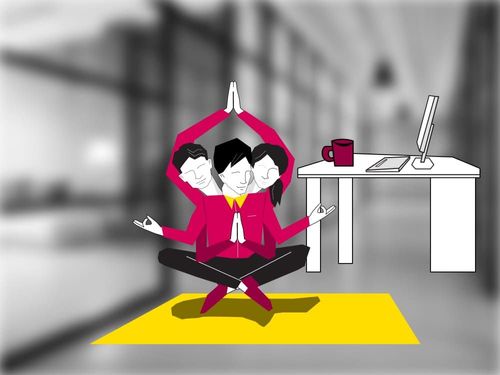
As the CEO of a software development company, I often encounter other CEOs and CTOs who have a hard time choosing the optimal engagement model for their projects. There are three most popular models – Fixed-Price, Time & Material, and Dedicated Teams. If you choose one of them, the impact on your project's success, budget, and timeline will be significant.
Industry statistics suggest that companies using the appropriate engagement model for their projects achieve an average project efficiency gain of around 25% and around 30% cost savings over the project life cycle.
Let's have a closer look at these models and identify the best one for you.
Fixed-Price Model: Predictability and Precision
The Fixed-Price model is easy: you pay a fixed price for a specific scope of work. It is suitable for projects with clear requirements and minimal changes.
Advantages:
- Predictable Budget: The greatest advantage is the predictability of costs. You know how much the project will cost upfront, making it easier to budget.
- Defined Scope: The defined project scope ensures that both parties are clear about what must be delivered.
Disadvantages:
- Inflexibility: A fixed-price project is highly inflexible. Any changes to the scope can lead to renegotiations and delays.
- Quality Risks: There is a risk that the focus on cost may compromise quality.
In our experience, the Fixed-Price model works exceptionally well for projects with a clear, unchanging vision. For example, we worked with an e-commerce company that needed a custom plugin. The clear requirements allowed us to deliver on time and within budget. However, when the client requested additional features midway, it required new negotiations, demonstrating the model's inflexibility.
Time & Material Model: Flexibility and Adaptability
The Time & Material (T&M) model offers more flexibility. You pay only for the actual time and resources spent on the project. This method is suitable for projects where requirements are expected to evolve.
Advantages:
- Flexibility: It allows changes and adjustments throughout the project life cycle.
- Quality Focus: The team can focus on delivering high-quality results without compromising.
Disadvantages:
- Budget Uncertainty: Costs can escalate if the project takes longer than expected.
- Scope Creep: Without strict scope management, the project can expand beyond initial expectations.
Time & Material Model is perfect for dynamic projects. We’ve developed a mobile banking app for a fintech customer with evolving requirements. We had opportunity to incorporate continuous feedback and deliver a product that exceeded client expectations.
However, the final cost was higher than initially anticipated due to the extended development time, underscoring the importance of budget management.
Dedicated Teams Model: Consistency and Control
The Dedicated Teams model allows you to hire a dedicated developer team that works exclusively on your project. The model is suitable for long-term projects and companies that need ongoing development support and maintenance.
Advantages:
- Full Control: You have complete control over the team and their work, similar to having an in-house team.
- Consistency: The team’s deepening knowledge of your project over time can lead to better outcomes.
Disadvantages:
- Management Overhead: You need to manage the team actively, which take more executive time.
- Higher Initial Costs: Setting up a dedicated team can have higher initial costs due to recruitment expenses, infrastructure requirements, and long-term contract commitment.
*Notice that outsourcing companies like Smartexe can remove these disadvantages and make this model super attractive.
Dedicated teams are perfect for companies looking for continuity and consistency. For instance, we supported a logistics company with a system overhaul. The dedicated team model allowed us to deeply integrate with the client's operations, leading to significant efficiency improvements. The client especially appreciated the long-term benefits of project continuity and team cohesion.
Final thoughts
Choosing the right engagement model depends on your project's needs and constraints. Fixed-price is excellent for well-defined projects, Time & Material offers flexibility for evolving requirements, and Dedicated Teams provide consistent long-term support.
At Smartexe, we’ve seen firsthand how each model can succeed when matched correctly with the project's nature and the client's expectations.
If you’re still unsure which model is right for you, feel free to reach out – we’re here to help you to navigate this crucial decision.

